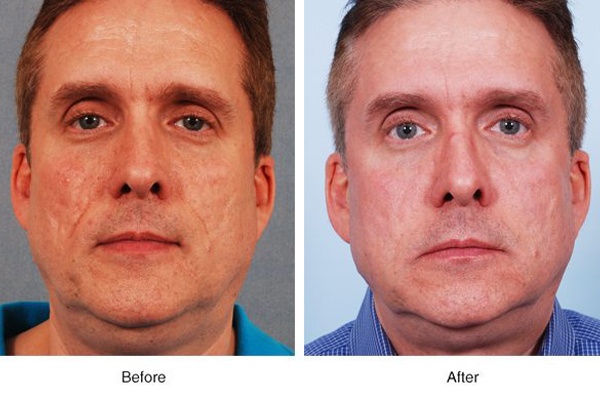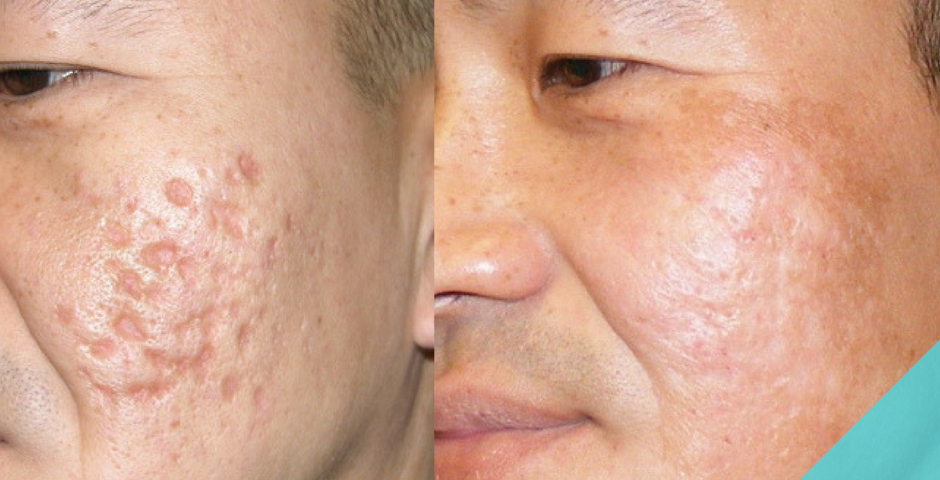Exactly How to Deal With Acne Scars: Proven Methods for a Perfect Skin
Exactly How to Deal With Acne Scars: Proven Methods for a Perfect Skin
Blog Article
Discovering Skin Problem: Determining and Treating Acne Scars for Healthier Skin
Acne scars represent a substantial problem for individuals seeking to maintain healthy and balanced skin, as they can influence both appearance and self-worth. Recognizing the various sorts of marks, from atrophic to hypertrophic, is crucial for establishing proper treatment options. While expert treatments like chemical peels and microneedling can be effective, the importance of customized care strategies can not be overemphasized. Preventative measures play an essential duty in minimizing future scarring. As we explore these facets, one should consider exactly how the best approach can result in transformative results.
Comprehending Acne Marks

The body's all-natural healing procedure can cause either atrophic scars, which look like depressions in the skin, or hypertrophic marks, which are elevated and arise from overflow of collagen. In addition, the mental toll of acne scars must not be underestimated; several people report sensations of shame, stress and anxiety, and reduced self-worth. This emotional problem can affect social communications and general quality of life.
Addressing acne marks calls for a comprehensive understanding of their formation and impact. Recognition of the potential for long-term consequences related to untreated marks can inspire people to look for suitable therapies. Early intervention and reliable administration techniques can significantly enhance skin look and boost mental durability, emphasizing the importance of comprehending the complexities bordering acne scars.
Kinds Of Acne Scars
Acne scars can be categorized into unique kinds, each showing distinct qualities and requiring specific therapy strategies. acne scars treatment. The key sorts of acne marks consist of atrophic, hypertrophic, and keloid marks

Hypertrophic marks, in contrast, are elevated above the skin level and are the outcome of too much collagen production during the healing procedure. They normally stay within the borders of the initial acne lesion. Keloid marks are similar but extend beyond the initial injury site, creating larger, increased locations that can be unpleasant or scratchy.
Understanding these kinds of marks is important for selecting proper therapy options. Different scars may react better to details therapies, such as laser treatments, fillers, or medical treatments, stressing the importance of a tailored technique to acne scar management.
Determining Your Marks
When assessing the look of your skin, it is important to properly determine the sort of marks existing, as this will notify one of the most effective treatment approach. Acne scars typically drop right into two classifications: hypertrophic and atrophic marks. Atrophic scars, which are the most typical, look like depressions or imprints on the skin. These can additionally be identified into ice-pick scars, boxcar scars, and rolling marks, each showing distinctive characteristics and needing various strategies for analysis.
Hypertrophic scars, on the various other hand, are raised and happen due to too much collagen production during the healing process. Recognizing the particular functions of your scars-- such as width, texture, and deepness-- is essential for proper recognition (acne and acne scars treatment). Additionally, consider the circulation of marks across your skin, as this can indicate the severity and period of the acne problem
Engaging with a dermatologist can give beneficial understandings into the nature of your marks, assisting in the differentiation between numerous kinds. A complete understanding of your scars will ultimately bring about a much more tailored and reliable treatment plan, making certain a clearer and healthier skin.
Treatment Alternatives Offered
Identifying the details sort of acne marks existing on your skin lays the groundwork for discovering efficient therapy choices. Common kinds of acne scars consist of atrophic (depressed), hypertrophic (increased), and post-inflammatory erythema.
For atrophic scars, choices such as chemical peels, microneedling, and laser resurfacing are widely made use of. Chemical peels use acids to remove the external layer of skin, promoting new cell development. Microneedling includes little needles that create micro-injuries, boosting collagen production. Laser resurfacing targets harmed skin cells, boosting structure and tone.
Hypertrophic marks can be treated with corticosteroid injections to flatten the mark or laser treatment to decrease inflammation and boost appearance. Silicone gel sheets and stress dressings might also help in taking care of raised scars.
Additionally, facial fillers can temporarily fill out clinical depressions from atrophic scars, while surgical excision may be proper for extreme cases. Each treatment choice has its considerations and benefits, making it important to seek advice from a dermatologist. They can offer personalized recommendations based on the type and intensity of your marks, along with your skin kind and total health.
Tips for Prevention
Efficient avoidance methods can considerably decrease the possibility of developing acne marks. Making use of non-comedogenic products helps protect against clogged up pores, which can worsen acne.
Preventing need to pop or select acne sores is critical, as this can lead to deeper skin damages and boost the risk of scarring. Rather, think about using a chilly compress or non-prescription therapies to reduce swelling and soreness.
Sun defense is an additional vital facet of avoidance; ultraviolet (UV) rays can dim marks and prevent the recovery procedure. Using a broad-spectrum sun block with at the very least SPF 30 daily can shield the skin and promote also recovery.
Last but not least, preserving a balanced diet regimen abundant in anti-oxidants, vitamins, and minerals supports skin health and recovery. Staying hydrated and taking care of anxiety degrees can likewise play a substantial role in lowering acne flare-ups. By executing these approaches, individuals can substantially lessen their possibilities of creating acne scars.
Final Thought
In conclusion, understanding and determining acne marks is essential for efficient therapy and achieving healthier skin. Different sorts of acne scars, including hypertrophic and atrophic marks, necessitate particular treatments customized to specific needs. Treatment choices array from chemical peels and microneedling to corticosteroid shots, emphasizing the significance of speaking with a skin specialist. In addition, taking on a mild skincare routine and safeguarding the skin from UV exposure can substantially add to the avoidance of more scarring and total skin health.
The body's natural healing procedure can result in either atrophic acne scars marks, which show up as depressions in the skin, or hypertrophic scars, which are raised and result from overflow of collagen. They are more separated right into three subtypes: ice pick scars, boxcar marks, and rolling marks. Acne marks typically fall into 2 groups: hypertrophic and atrophic marks. These can even more be classified into ice-pick marks, boxcar marks, and rolling scars, each exhibiting distinctive features and needing different approaches for analysis.
Numerous types of acne scars, consisting of atrophic and hypertrophic scars, demand certain interventions customized to specific requirements.
Report this page